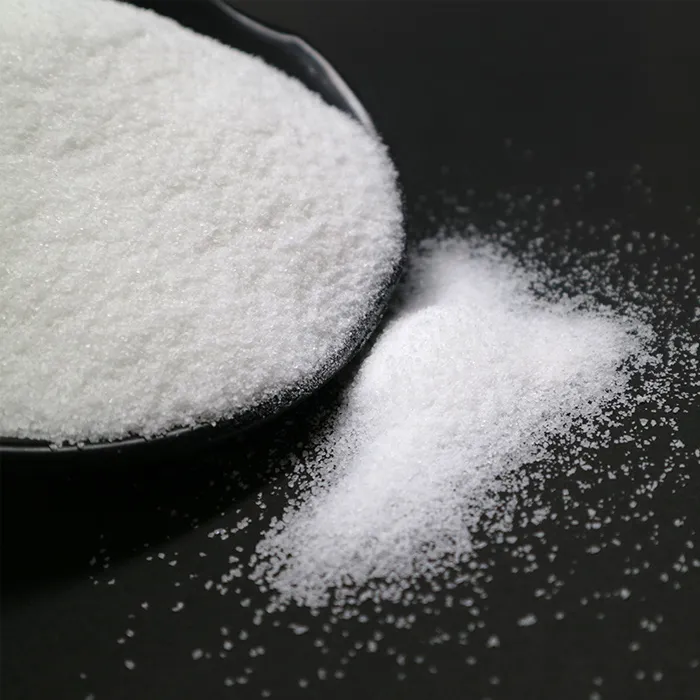Chemicals Used in Municipal Water Treatment
Municipal water treatment is a critical process that ensures safe and clean drinking water for populations around the world. The primary goal of water treatment is to remove contaminants and pathogens from water sources, making them safe for human consumption. To achieve this goal, various chemicals are utilized at different stages of water treatment. This article explores the key chemicals used and their functions in municipal water treatment processes.
1. Coagulants
One of the first steps in municipal water treatment is coagulation. This process involves the addition of coagulants, which help to aggregate suspended particles, making them easier to remove. Common coagulants include aluminum sulfate (alum), ferric chloride, and polyaluminum chloride. When these chemicals are added to water, they react with impurities, forming larger particles known as flocs. These flocs can then be easily removed through sedimentation or filtration.
2. Flocculants
After coagulation, the next step is flocculation, where flocculants enhance the process of particle aggregation. Polyacrylamide and natural organic polymers are commonly used as flocculants. These substances help to stabilize the formed flocs and ensure that the particles can easily settle out of the water. Efficient flocculation is essential for reducing turbidity and improving water clarity.
3. Disinfectants
To ensure that the water is free from pathogenic microorganisms, disinfection is a crucial step in the treatment process. Common disinfectants include chlorine, chloramines, ozone, and ultraviolet (UV) light. Chlorine is the most widely used disinfectant due to its effectiveness against a broad spectrum of pathogens and its residual effect, which helps to keep water safe during distribution. However, when chlorine reacts with organic matter in water, it can form harmful by-products known as disinfection by-products (DBPs). Therefore, chloramine, which produces fewer DBPs, is increasingly used as a secondary disinfectant.
Ozone is another powerful disinfectant that can be used in place of chlorine, especially in advanced water treatment facilities. It effectively inactivates bacteria and viruses without forming DBPs. UV light disinfection is also gaining popularity, as it can kill pathogens without the addition of chemicals, making it an environmentally friendly option.
what chemicals are used in municipal water treatment

4. pH Adjusters
The pH level of water is essential for effective treatment and to prevent corrosion in pipes. Lime (calcium hydroxide) and sodium hydroxide are commonly used as pH adjusters. Maintaining a balanced pH helps to enhance the effectiveness of coagulants and disinfectants. If the pH is too low (acidic), it can lead to the leaching of metals from pipes; if too high (alkaline), it can hinder the coagulation process.
5. Corrosion Inhibitors
Corrosion of pipes and distribution systems can lead to contamination of drinking water. To mitigate this risk, corrosion inhibitors like orthophosphate and silicates are often added to treated water. These chemicals form a protective layer on the inner surfaces of pipes, reducing metal leaching and maintaining water quality.
6. Fluoride
Fluoride is added to municipal water supplies in many areas to help reduce tooth decay among the population. The optimal fluoride concentration is typically around 0.7 mg/L, which has been shown to provide dental health benefits without significant risks.
Conclusion
Municipal water treatment relies on a variety of chemicals to ensure the safe and effective delivery of clean drinking water. From coagulants and disinfectants to pH adjusters and corrosion inhibitors, each chemical has a specific role in the treatment process. As water quality regulations become stricter and public health concerns grow, the importance of understanding and optimizing the use of these chemicals is paramount. Continuous research and advancements in technology aim to improve water treatment processes, ensuring that communities have access to safe and clean water for years to come.

